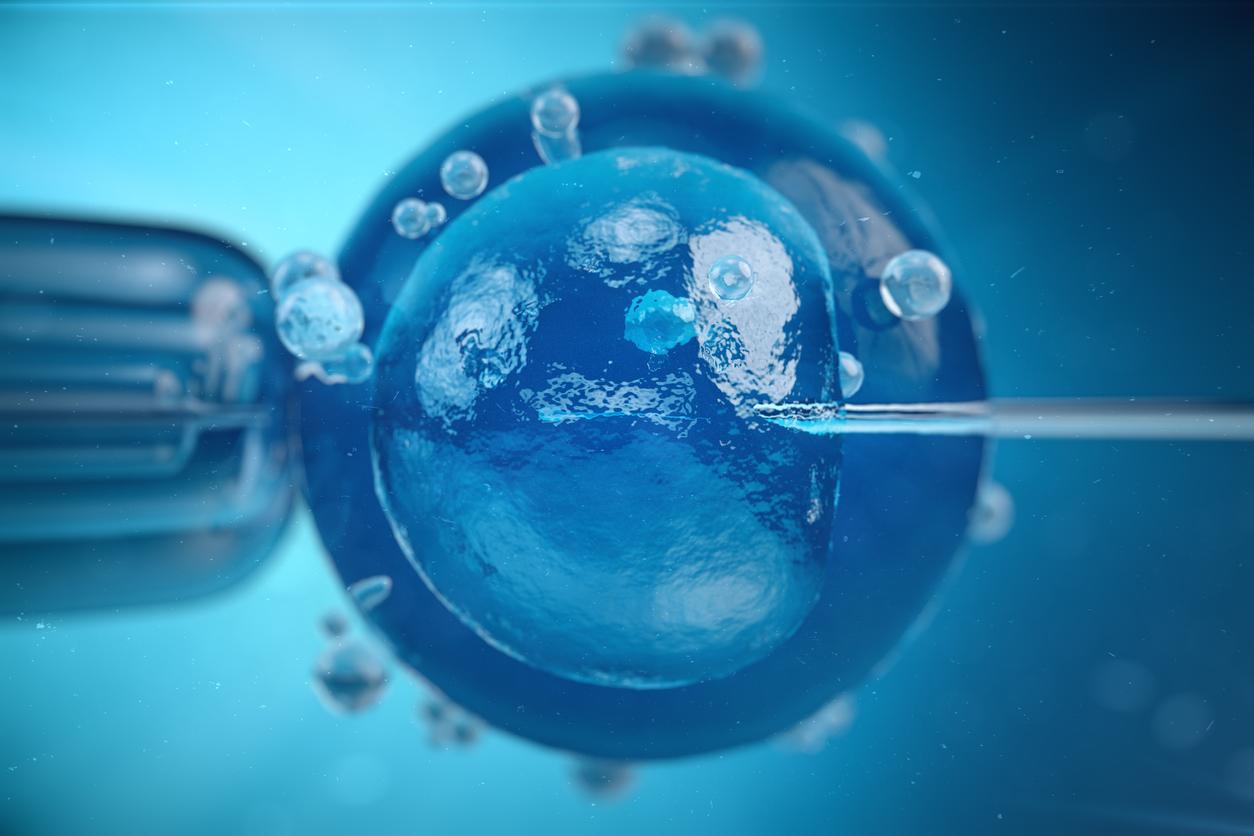After fertilization, genes in mouse embryos are activated in a predefined order and the triggers responsible are linked to cancer.

- mRNA is produced in eggs before fertilization, but also in embryos when the genome has been activated.
- It is the genetic intermediary that reads the information from the genes and transmits it to the regions of the cell where the proteins, namely the building blocks of life, are made.
When an egg and a sperm unite, an embryo can be formed. In the event of fertilization, the transcription of the genetic message into DNA molecules is “silent”. Somehow, at an early stage of development, the genes of the embryo must be activated by a vital “switch”. Without it, none of us would be on Earth. However, little is known about the appearance of this switch or the identity of the “molecular finger” that activates it.
In mice, embryonic gene expression begins within 4 h after fertilization
In order to deepen their knowledge on the subject, embryologists from the University of Bath (England) carried out a study published in the journal Cell Reports. They examined the activation of the genome, that is, all the chromosomes and genes, in mouse embryos. To carry out the work, the team combined a cutting-edge method for injecting sperm into eggs with the latest techniques in messenger RNA (mRNA) sequencing.
This approach allowed the researchers to identify gene activity at specific times after fertilization in the new embryos. According to the authors, gene expression in mouse embryos starts within four hours of sperm injection. They also discovered that genes are not activated randomly, but in a pre-established order.
“It is quite possible that carcinogenesis recapitulates embryogenesis”
As part of the research, scientists were able to predict which “molecular fingers” were responsible for the onset of embryonic development. The fingerprints of some of them were on the genes of the embryo, which made it possible to identify the culprit fingers. This detective work also allowed them to show that several of the fingers were also associated with cancer.
“It has long been known that many of the factors responsible for the appearance of genetic activity in the embryo are major oncogenes. It is quite possible that carcinogenesis (i.e. the process of formation of cancer) recapitulates embryogenesis (i.e. the process of embryo development)”, said Anthony Perry, author of the study, in a statement.
“A new clinical chapter for the early detection of cancer”
Continuing their work, the team showed that the embryos almost immediately stopped developing, when they stopped the suspected “molecular fingers” from working by applying inhibitors that block their activity after fertilization.
Then the scientists went further, they focused on a factor associated with cancer, called “c-Myc”. They found that without “c-Myc” activity, many genes were not activated, which indicates that this factor is indeed a molecular finger which activates the genes of the embryo.
According to the embryologists, this study not only sheds light on the mechanisms that regulate early development in mammals, but also sets the stage for the processes that trigger cancer. “Our work could open a new clinical chapter for the early detection of cancer”concluded Anthony Perry.















